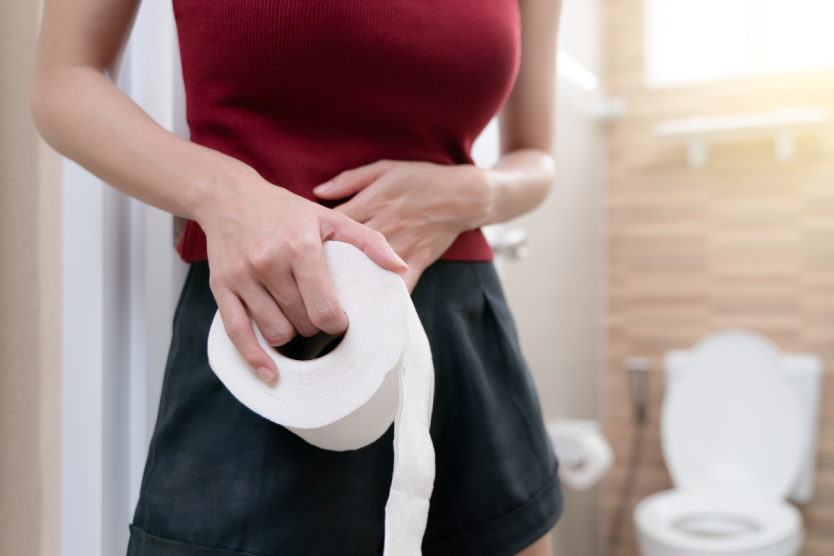Endometriosis is a pelvic condition that causes pain and can disrupt your life.
Symptoms can include very painful menstrual cramps, pain during sex, and problems with fertility.1
What if you suddenly have other side effects like a burning feeling during urination, or other reactions you normally associate with a urinary tract infection? Can endometriosis cause UTI symptoms?
What is Endometriosis?
If you have been diagnosed with endometriosis, it means you have tissue similar to the lining of your uterus growing on other parts of your body. Known as endometrium, this inner lining of your uterus is what you shed during your period. When it grows in the wrong places, it can lead to painful side effects that can impact your daily life, including problems getting pregnant.1
These areas of endometrial-like tissue can grow outside of your uterus, in your fallopian tubes, ovaries or vagina, in your bladder, intestines or rectum, and even in your chest such as in your diaphragm.1
The most common symptoms are painful menstrual cramps, painful bowel movements, abdominal pain or back pain, pain during sex, heavy bleeding during periods or light bleeding between periods, and as mentioned, infertility.1
What is a UTI?
A UTI or urinary tract infection occurs in any part of the urinary system—the kidneys, ureters, bladder and urethra—and most commonly the bladder and the urethra. A bladder infection can be painful and annoying, but there can be serious health issues if it spreads to the kidneys.2
The most common symptoms are a strong urge to urinate, a burning feeling when you pee, and urine that is cloudy, colored red or pink, or has a strong smell. It can also cause pelvic pain.2
Can Endometriosis Cause UTI Symptoms?
The symptoms for these two conditions are similar enough that they can be misdiagnosed. In fact, a UTI is one of the conditions that endometriosis is commonly mistaken for when you’re trying to figure out what’s wrong—and when a doctor is evaluating a patient.3
That’s because some of the side effects are so similar, such as painful urination and pain during sex. A test for infection is how it’s determined whether a UTI is present.3
The type of endometriosis can also make it seem like a UTI. Women with what’s called bladder deep endometriosis have painful or difficult urination—known as dysuria—but may also have problems with a frequent need to urinate, recurrent UTIs, blood in their urine, and sometimes urinary incontinence.4 Deeper endometriosis is found on the inside of the bladder lining or wall which can lead to a nodule that also also affects the ureter.5
In one study, it was estimated that 1% of women with pelvic endometriosis have it in the urinary tract, but in cases of deep endometriosis, the prevalence is up to 50%. And of those women with urinary tract endometriosis, 85% have it in the bladder. It’s believed that urinary tract endometriosis remains underdiagnosed.6
So endometriosis can cause the same symptoms as a UTI. It’s also possible that women who have chronic pelvic pain typical of endometriosis may actually have interstitial cystitis,7 a condition whereby the walls of your bladder become irritated and inflamed.8
Seek Diagnosis
If you have symptoms like chronic pelvic pain, frequent urination, pain when you pee or recurring pain during sex, it’s best to see a doctor for a proper diagnosis. Use our Physician Finder to find a doctor near you with expertise in women’s health, who can determine if you have endometriosis and provide a treatment plan.




















